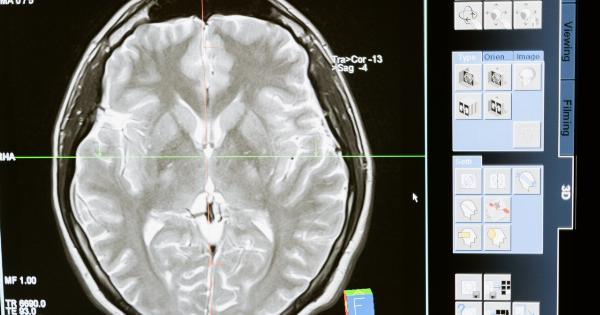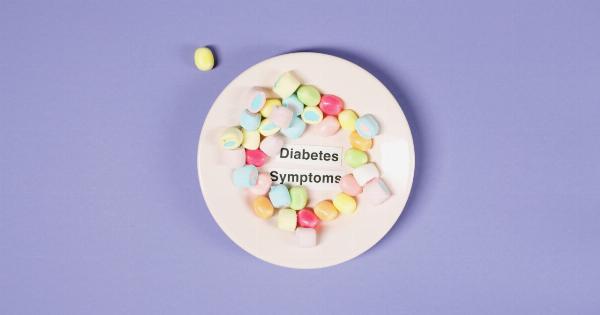Antibiotics are one of the most powerful medications that humans have ever discovered. They have dramatically changed the way we live, work, and fight diseases. However, they can also have serious side effects and must be used judiciously.
One of the most surprising benefits of antibiotics is their potential to reduce the risk of stroke.
What is a Stroke?
A stroke occurs when blood flow to the brain is interrupted, either by a blood clot or a ruptured blood vessel. This deprives brain cells of oxygen and nutrients, causing them to die. Stroke is a leading cause of disability and death worldwide.
How Can Antibiotics Reduce the Risk of Stroke?
The exact mechanism through which antibiotics reduce the risk of stroke is not yet fully understood, but there are several theories:.
- Reducing inflammation: Some types of antibiotics, such as macrolides, have anti-inflammatory properties that may help reduce the damaging effects of inflammation on blood vessels.
- Killing harmful bacteria: Certain bacteria in the body can cause inflammation and damage to blood vessels. By killing these bacteria, antibiotics may reduce the risk of stroke.
- Preventing blood clots: Some antibiotics, such as tetracyclines, can inhibit the formation of blood clots, which can cause stroke.
What Types of Antibiotics are Most Effective?
Several studies have looked at the relationship between antibiotic use and stroke risk. The results have been mixed, but there are some antibiotics that seem to be particularly effective:.
- Macrolides: These antibiotics, which include azithromycin and clarithromycin, have been associated with a lower risk of stroke in some studies.
- Tetracyclines: These antibiotics, which include doxycycline and minocycline, have been shown to inhibit the formation of blood clots and may reduce the risk of stroke.
- Penicillin: Some studies have shown that penicillin use may reduce the risk of stroke, possibly by reducing inflammation.
Are There Any Risks Associated with Antibiotic Use?
While antibiotics can be effective in reducing the risk of stroke, they can also have serious side effects. Antibiotic overuse can lead to the development of antibiotic-resistant bacteria, which can be difficult to treat.
In addition, antibiotics can cause gastrointestinal distress and other symptoms.
When Should Antibiotics Be Used?
Antibiotics should only be used when they are necessary to treat a bacterial infection. They should not be used to treat viral infections, such as the common cold or flu.
If someone is at risk of stroke and has a bacterial infection, antibiotics may be prescribed to treat the infection and reduce the risk of stroke.
Other Ways to Reduce the Risk of Stroke
While antibiotics can be a useful tool in reducing the risk of stroke, there are also many other things that people can do to prevent stroke:.
- Eat a healthy diet: A diet that is rich in fruits, vegetables, whole grains, and lean proteins can help reduce the risk of stroke.
- Exercise regularly: Regular exercise can help keep the heart and blood vessels healthy.
- Manage blood pressure: High blood pressure is a major risk factor for stroke. It can be managed through diet, exercise, and medication.
- Quit smoking: Smoking can damage blood vessels and increase the risk of stroke.
- Limit alcohol intake: Excessive alcohol consumption can increase the risk of stroke.
Conclusion
Antibiotics can be a powerful tool in reducing the risk of stroke, but they should be used judiciously.
It’s important to only use antibiotics when they are necessary to treat bacterial infections, and to be aware of the potential side effects associated with antibiotic use. In addition to antibiotics, there are many other things that people can do to reduce the risk of stroke, including maintaining a healthy diet, exercising regularly, managing blood pressure, quitting smoking, and limiting alcohol intake.




























